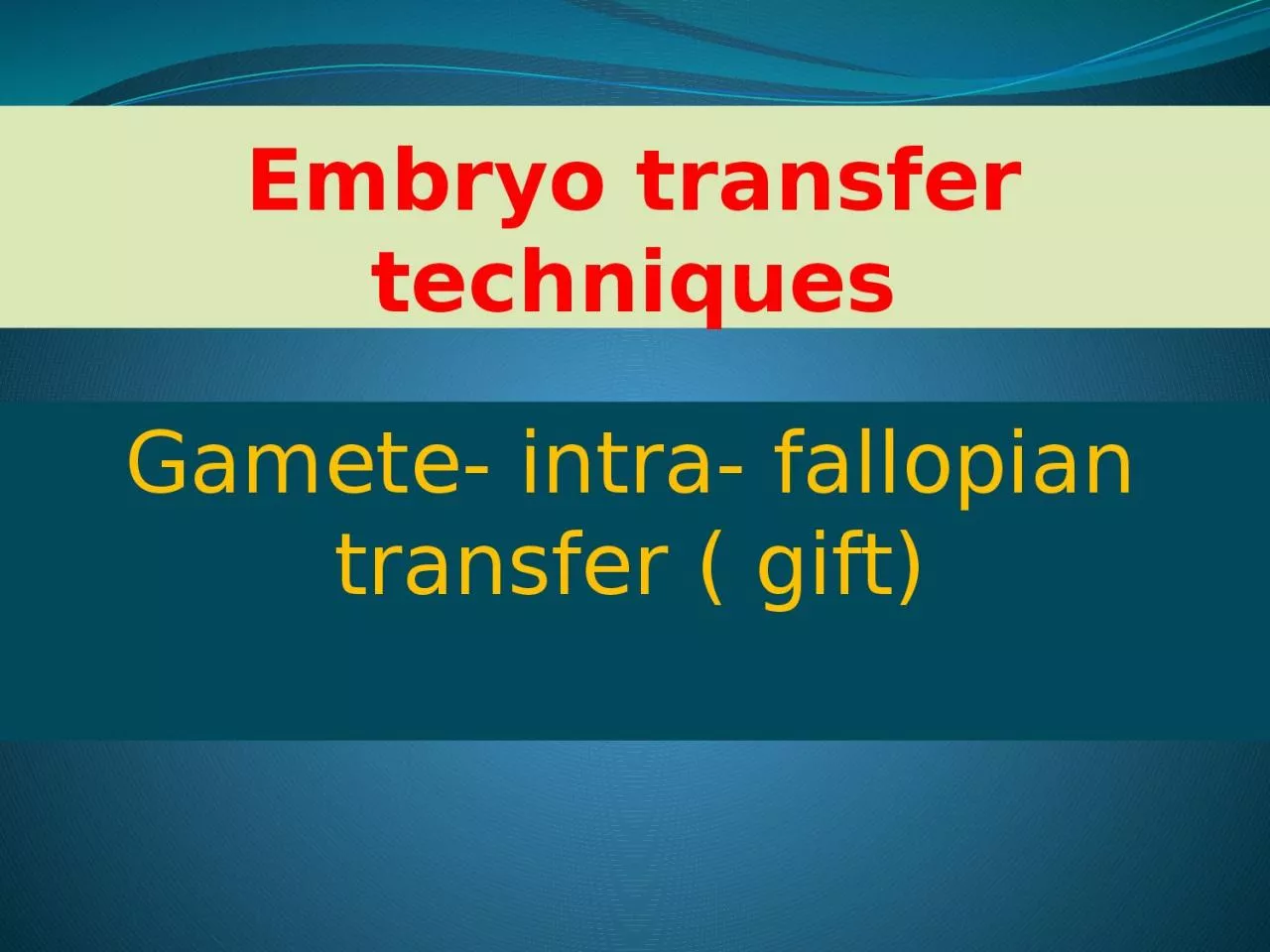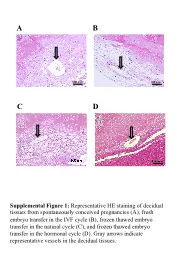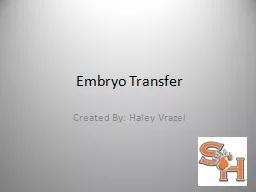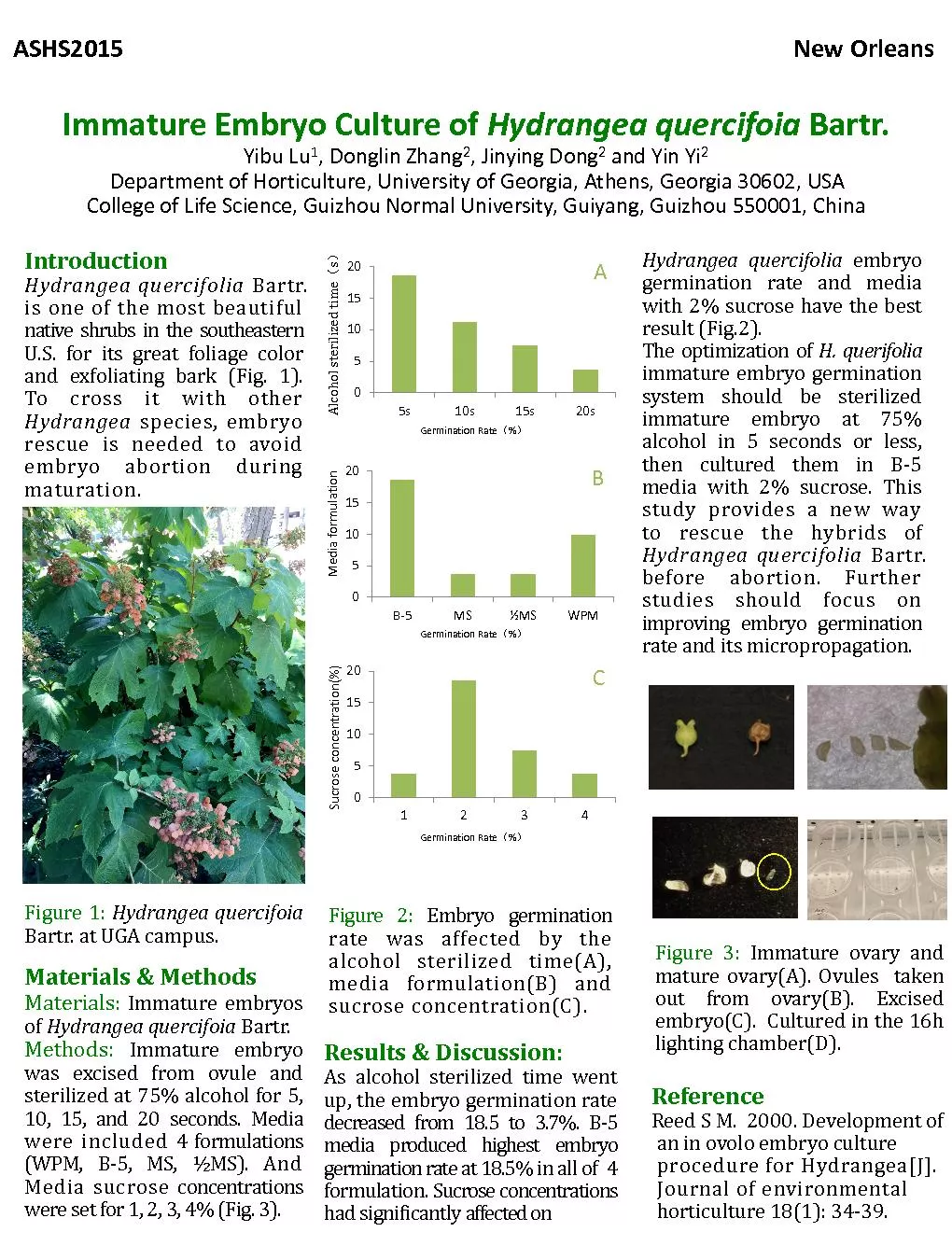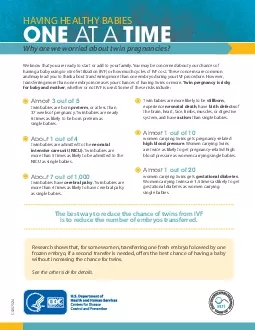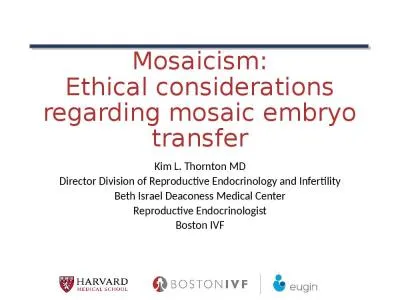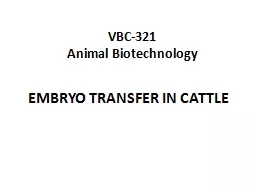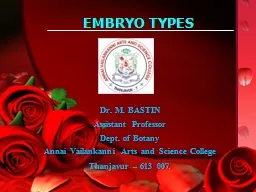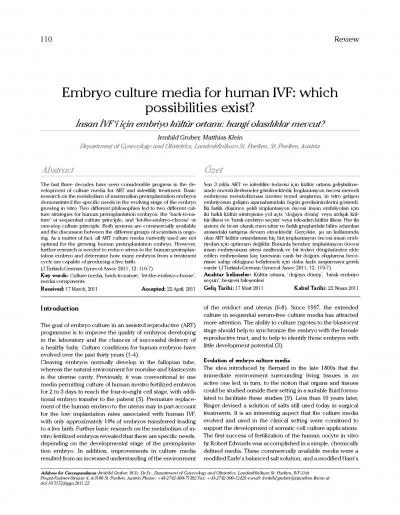PPT-Embryo transfer techniques
Author : jocelyn | Published Date : 2022-06-28
Gamete intra fallopian transfer gift This is an alternative to in vitro fertilization amp embryo transfer for the women with prolonged sterility amp at least one
Presentation Embed Code
Download Presentation
Download Presentation The PPT/PDF document "Embryo transfer techniques" is the property of its rightful owner. Permission is granted to download and print the materials on this website for personal, non-commercial use only, and to display it on your personal computer provided you do not modify the materials and that you retain all copyright notices contained in the materials. By downloading content from our website, you accept the terms of this agreement.
Embryo transfer techniques: Transcript
Download Rules Of Document
"Embryo transfer techniques"The content belongs to its owner. You may download and print it for personal use, without modification, and keep all copyright notices. By downloading, you agree to these terms.
Related Documents

